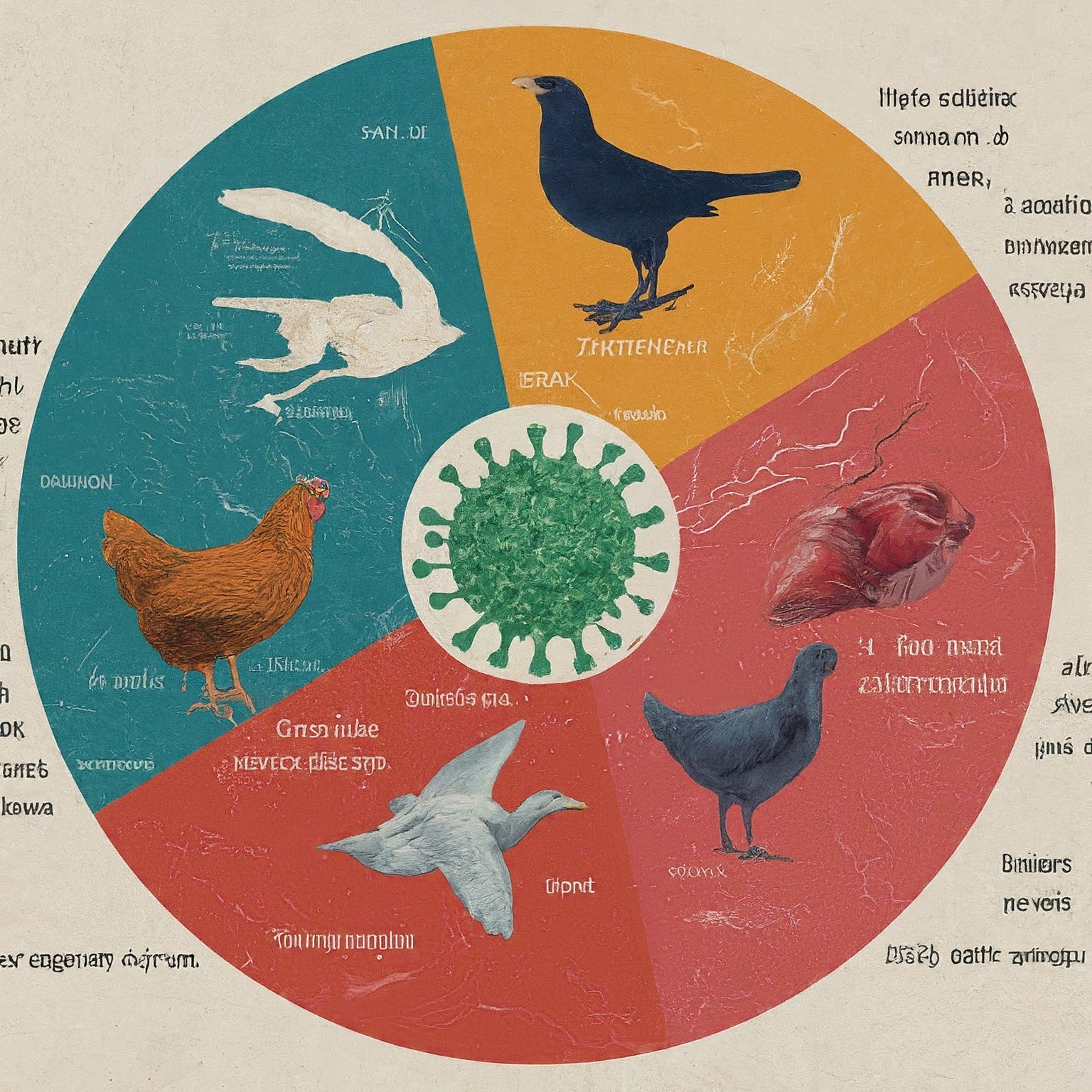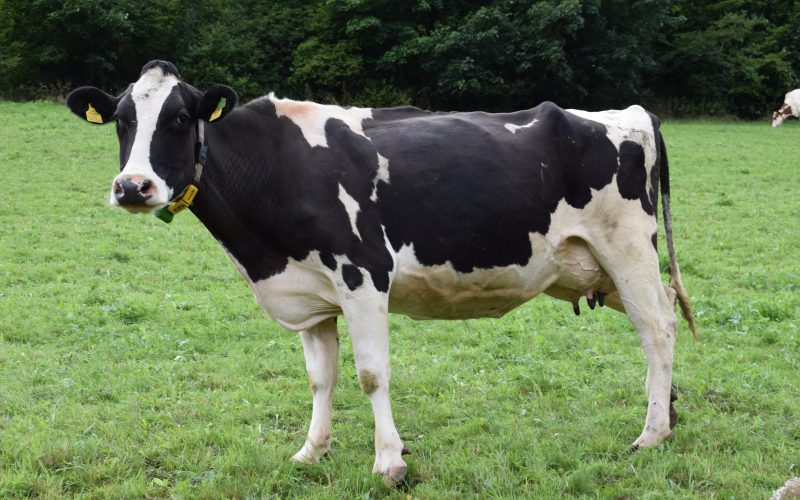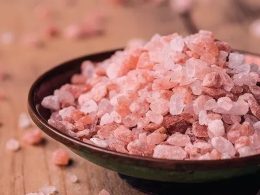Introduction
I’m Sarah, a registered dietitian with a passion for healthy eating and informed choices. Many of my clients have expressed interest in raw milk, citing its purported health benefits. However, recent research has emerged highlighting a potential risk. Let’s delve into the world of raw milk, explore the bird flu connection, and empower you to make a well-informed decision about incorporating it into your diet.
Raw Milk’s Rise in Popularity:
Raw milk consumption has seen a surge in recent years, fueled by the belief it offers superior taste and nutritional value compared to pasteurized milk. Proponents claim raw milk contains beneficial enzymes and bacteria destroyed during pasteurization.
The Allure of Raw Milk:
Raw milk enthusiasts tout its potential health benefits, including improved gut health, stronger immune function, and enhanced nutrient absorption.
Understanding Pasteurization:
Pasteurization is a heat treatment that eliminates harmful bacteria like Salmonella and E. coli commonly found in raw milk. These bacteria can cause serious illness, especially for vulnerable populations like children, pregnant women, and those with weakened immune systems.
New Research: Raw Milk & Bird Flu:
A recent study published in the New England Journal of Medicine by Dr. Yoshihiro Kawaoka, a renowned virologist at the University of Wisconsin-Madison, sheds light on a potential risk associated with raw milk. Dr. Kawaoka’s team found that mice fed raw milk containing the H5N1 avian influenza virus (bird flu) became infected.

How Likely is Transmission to Humans?
The study focused on mice, and further research is needed to determine the risk of transmission to humans. However, it raises concerns, especially with the ongoing H5N1 outbreaks in some poultry farms.
Minimizing Risks When Consuming Raw Milk:
If you choose to consume raw milk, here are some steps to minimize risks:
- Source: Purchase raw milk only from reputable farms that conduct regular testing of their herds for diseases.
- Storage: Raw milk has a shorter shelf life than pasteurized milk. Keep it refrigerated at 35°F (2°C) or below and consume it within a few days.
- Heating: Heating raw milk to 161°F (72°C) for at least 15 seconds can significantly reduce the risk of bacterial contamination.
The Final Sip: Weighing the Options:
The decision to consume raw milk is a personal one. Weigh the potential benefits against the identified risks. Consider your overall health status and risk tolerance. If you have any concerns, consult with a healthcare professional before including raw milk in your diet.
Informative Table: Pasteurized vs. Raw Milk
| Feature | Pasteurized Milk | Raw Milk |
|---|---|---|
| Heat Treatment | Yes | No |
| Bacteria Risk | Lower | Higher |
| Shelf Life | Longer | Shorter |
| Nutritional Content | Similar | May contain slightly higher levels of some vitamins and enzymes (more research needed) |
| Availability | Widely available | Limited availability |
Conclusion
While raw milk offers potential benefits, recent findings highlight a potential link to bird flu in mice. If you’re considering raw milk, prioritize purchasing from a reputable source and practice safe handling procedures. Ultimately, the choice is yours. However, make an informed decision by weighing the potential benefits against the identified risks.












